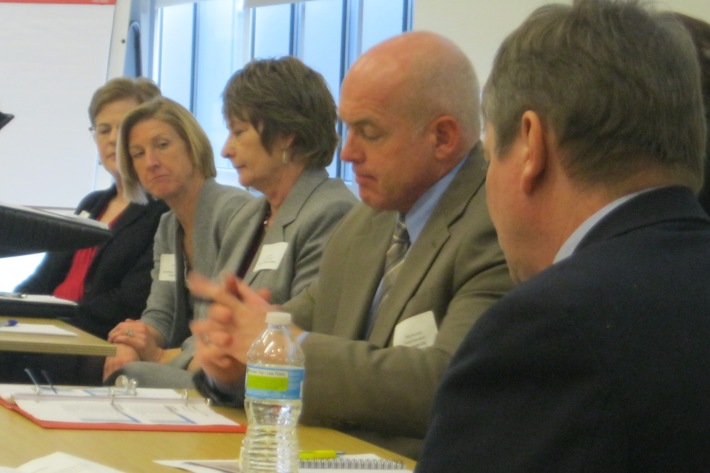 For foster children, moving into a new home is a reality. For some of them, a new home also means a new school, compounding the disruption and impact on their young lives.
For foster children, moving into a new home is a reality. For some of them, a new home also means a new school, compounding the disruption and impact on their young lives.
Studies correlating student mobility to academic achievement prove what most of us know. The more a student changes schools for reasons other than grade promotion, the more their grades tend to suffer.
This Wednesday, in front of a packed conference room at the United Way, more than 100 community leaders gathered to discuss a comprehensive mobility study that looked at more than 5 million student records in Ohio spanning a two year period. I had the pleasure of serving on the discussion panel, along with Superintendent Mary Ronan, as we discussed how to help stabilize our nomadic students.
This is not a new problem. We have been working together on this for years. In 2007, we teamed with Cincinnati Public Schools to create Kids in School Rules! (KISR!). Since the inception, we have helped more than 700 Cincinnati Public School children try to stay in school by removing the unique barriers they face through improved coordination. Along with Hamilton County Juvenile Court and the Legal Aid Society, we work together to address enrollment, attendance, school discipline and other educational issues that foster children may face.
Here’s how it works: dedicated staff in Children’s Services pair up with a KISR! Liaison in each school to celebrate the student’s success and collaboratively work through problems. Juvenile court magistrates utilize a customized Judicial Benchcard for Education to intensify the focus on educational issues when KISR! students come before the court. Legal Aid attorneys train magistrates, Children’s Services caseworkers, GAL’s, CASA’s and foster parents about education law and school issues. In addition, Legal Aid represents students in enrollment, school discipline, or special education issues.
The result: this open communication between entities allows our caseworkers to help the children stay in a stable school environment by monitoring their progress and addressing issues as they arise.
When I read testimonials like the one below, I know we are on the right track.
“You were a support to me. If you hadn’t made sure that we met at the school in April, my schedule would never have been changed. I would not have been able to graduate. I was so anxious and worried about school that I quit going. You made sure that the staff knew what had happened to me at the beginning of the semester, and they helped me with everything after that meeting.” -Erica, KISR! Alumna, 2011 graduate of Woodward High.
